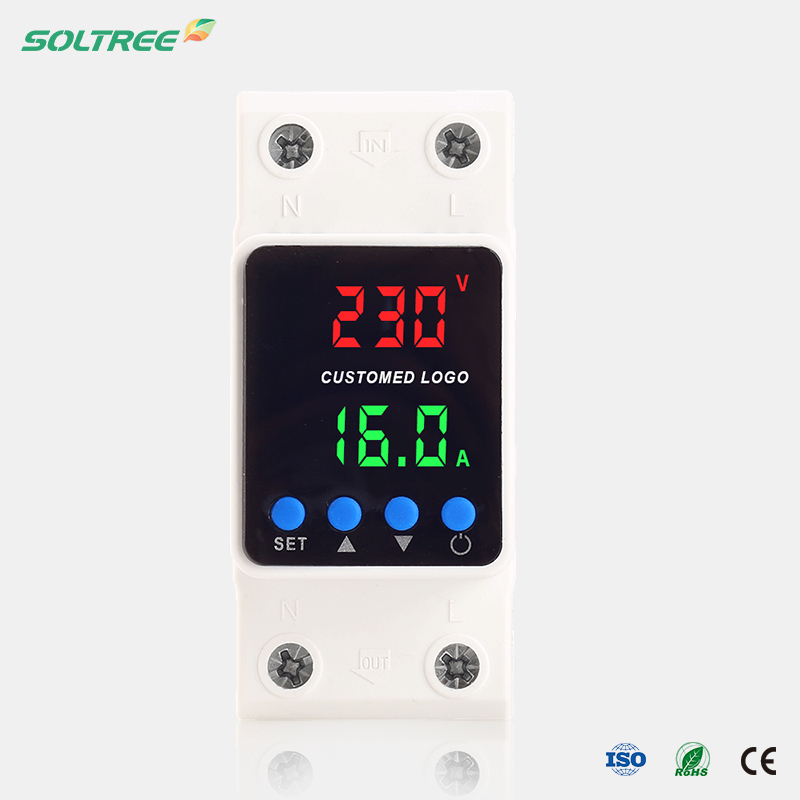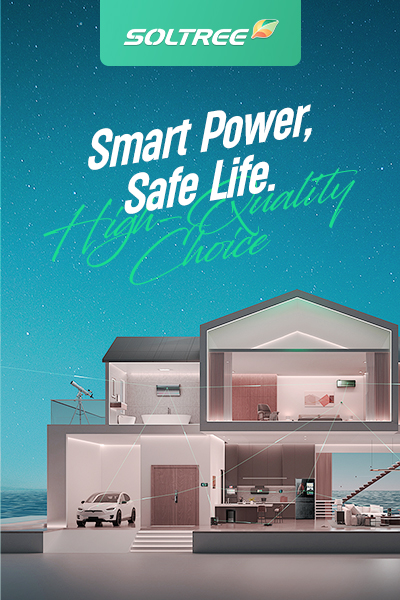A voltage protector cuts off power when the voltage is too high or too low, and a surge protector sends quick spikes to the ground. When used together, they protect sensitive electronics and make equipment last longer by stopping damage from both long-lasting variations and short-lived surges.
There are several electrical risks to your house or business that happen at different times. Lightning or switching spikes last only nanoseconds, which is great for surge protectors. Brownouts and overvoltage can last anywhere from a few seconds to a few hours. Voltage protectors are great because they turn off power and then automatically restore it when the situation is stable. You’ll learn what each device performs, when to use it, how to size and install it correctly, and how to figure out what’s wrong with it below. Stay tuned for checklists, price comparisons, and code references that you can use right away.
What Are Voltage Protectors and Surge Protectors?
Sudden spikes instantly ruin chips, whereas low or high voltage over time quietly kills compressors and power supplies. Knowing these two ways that things can go wrong will help you choose the best line of defense.
A voltage protector keeps an eye on the line voltage and disconnects it if it goes outside of safe limits. A surge protector sends short bursts of overvoltage to the ground. The first one controls conditions over time, and the second one controls quick changes. They work together to fill in the gaps in your protection.
Go deep
Think about “duration”: a surge is a sudden change in energy, while a voltage is a timed disconnect/reconnect. Pair them together so that they can handle both short-term and long-term occurrences without giving you false assurance.
Key Differences: Voltage Protector vs. Surge Protector
Buying just one item leaves a big hole, which costs money. If you know the distinctions, you’ll get the specs right the first time.
Voltage protectors cut power with delay logic when the voltage is too high or too low. Surge protectors use MOV/GDT parts to stop quick spikes. Answer: seconds versus. nanoseconds. Common uses: electronics, AV gear (surge) vs. compressors, servers (voltage).
Deep dive
Think of a matrix with scope (over/under vs. over only), method (disconnect vs. divert), responsiveness (0.1–0.5 s vs. ns), longevity (relay vs. MOV wear), and install (plug-in/panel vs. plug-in/panel).
How Voltage Protectors Work

People don’t like random trips, but then they realize that those “nuisance” cutoffs kept a compressor from stalling at low voltage or stressing out at high voltage.
They constantly check the voltage, compare it to set limits, open a relay if the voltage goes outside those limits, show the status, wait a safety delay, and then automatically restore power when the line stabilizes within the set window.
Deep dive
Important levers are the adjustable cut-off, the reconnecting delay, the current rating, and the visible indicators. The right settings keep motors and power supplies safe while cutting down on nuisance excursions.
How Surge Protectors Work

Spikes move quicker than anyone can react. Only parts that respond in nanoseconds can protect your circuits from a surge.
MOVs and GDTs find overvoltage, send energy to the ground, and lower the line to safer levels. MOVs wear out a little bit after each incident, thus they need to be replaced every so often to keep actual protection.
Take a deep dive
Low clamping voltage, a high joule rating, and short connections to ground are also important. Keep in mind that every spike uses up capacity, thus indicators are important.
Applications and Use Cases
Not everything fits in one size. To avoid over- or under-engineering, make sure the threat profile matches the hardware you’re protecting.
Use voltage protectors for servers, medical and industrial loads, compressors, and areas that have brownouts. Use surge protectors for tools, AV systems, workplace electronics, and places that are likely to get lightning.
Dive deep
As a general rule, motors and mission-critical devices need a voltage protector, while microelectronics and wide outlets need a surge protector. Put both layers where downtime costs a lot.
Selection Criteria: Choosing the Right Protection
Spec sheets might be misleading. Pick based on technical needs, not what marketing says.
Voltage protector: configurable thresholds, reconnection delay, current headroom, and safety listings. Surge protector: joule rating, low clamping voltage, response time of less than 1 ns, installation that is grounded, and a warranty that is good for the value of the equipment.
Deep dive
Balance: Lower clamping often equals more stress each hit, so choose the right joules. Set voltage protectors’ thresholds to the manufacturer’s tolerances, not the settings that come with the product.



